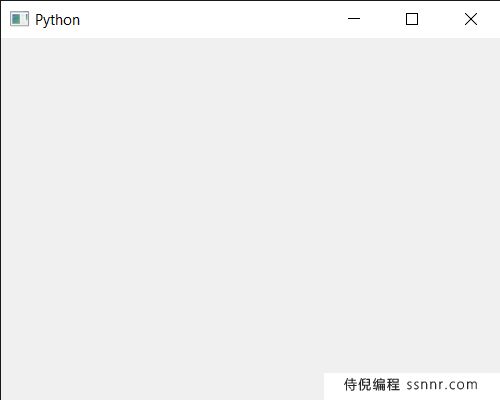PyQt5 QCalendarWidget 设置窗口标志
在这篇文章中,我们将看到我们如何设置QCalendarWidget的窗口标志。窗口标志是一个类型(例如Qt::Dialog)和零个或多个对窗口系统的提示(例如Qt::FramelessWindowHint)的组合。如果日历的类型是Qt::Widget或Qt::SubWindow,并成为一个窗口(Qt::Window,Qt::Dialog,等等),它被放在桌面上的位置(0,0)。如果這個 widget 是一個視窗,並成為 Qt::Widget 或 Qt::SubWindow,它會被放在相對於其父 widget 的位置(0, 0)。
为了做到这一点,我们将使用QCalendarWidget对象的setWindowFlags方法。
语法 : calendar.setWindowFlags(flag)
参数: 它需要窗口标志对象作为参数。
返回: 它返回无
下面是实现的过程
# importing libraries
from PyQt5.QtWidgets import *
from PyQt5 import QtCore, QtGui
from PyQt5.QtGui import *
from PyQt5.QtCore import *
import sys
# QCalendarWidget Class
class Calendar(QCalendarWidget):
# constructor
def __init__(self, parent = None):
super(Calendar, self).__init__(parent)
class Window(QMainWindow):
def __init__(self):
super().__init__()
# setting title
self.setWindowTitle("Python ")
# setting geometry
self.setGeometry(100, 100, 500, 400)
# calling method
self.UiComponents()
# showing all the widgets
self.show()
# method for components
def UiComponents(self):
# creating a QCalendarWidget object
# as Calendar class inherits QCalendarWidget
self.calendar = Calendar(self)
# setting cursor
self.calendar.setCursor(Qt.PointingHandCursor)
# setting size of the calendar
self.calendar.resize(300, 240)
# move the calendar
self.calendar.move(10, 10)
# setting windows flag
self.calendar.setWindowFlags(Qt.SplashScreen)
# create pyqt5 app
App = QApplication(sys.argv)
# create the instance of our Window
window = Window()
# start the app
sys.exit(App.exec())
输出:

版权声明:本页面内容旨在传播知识,为用户自行发布,若有侵权等问题请及时与本网联系,我们将第一时间处理。E-mail:284563525@qq.com




